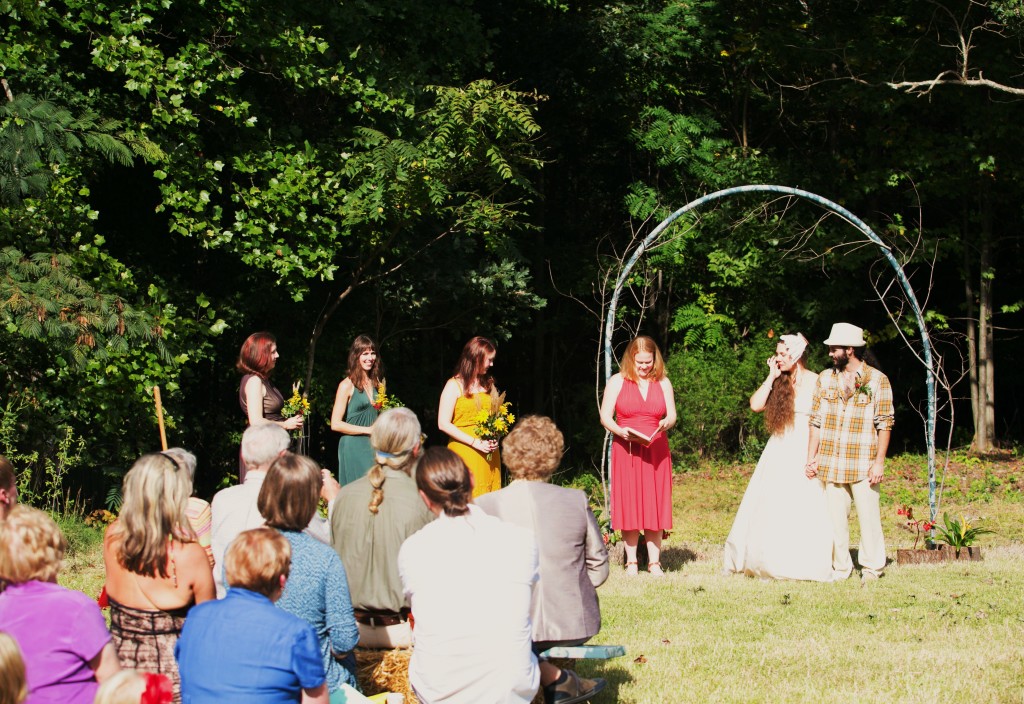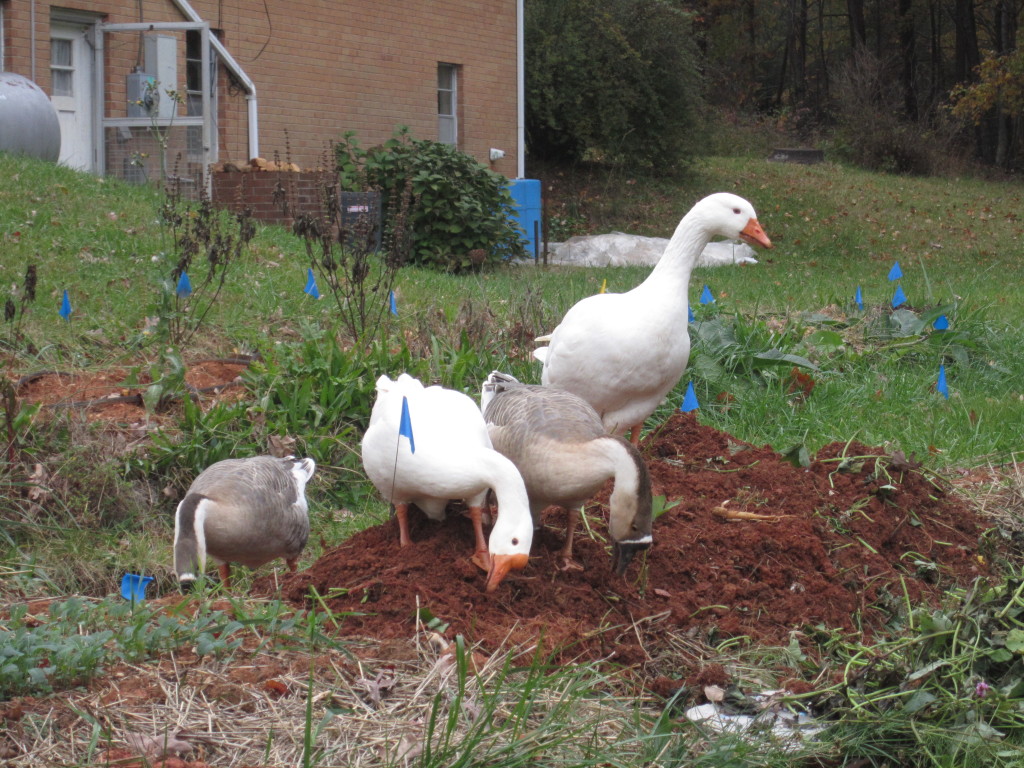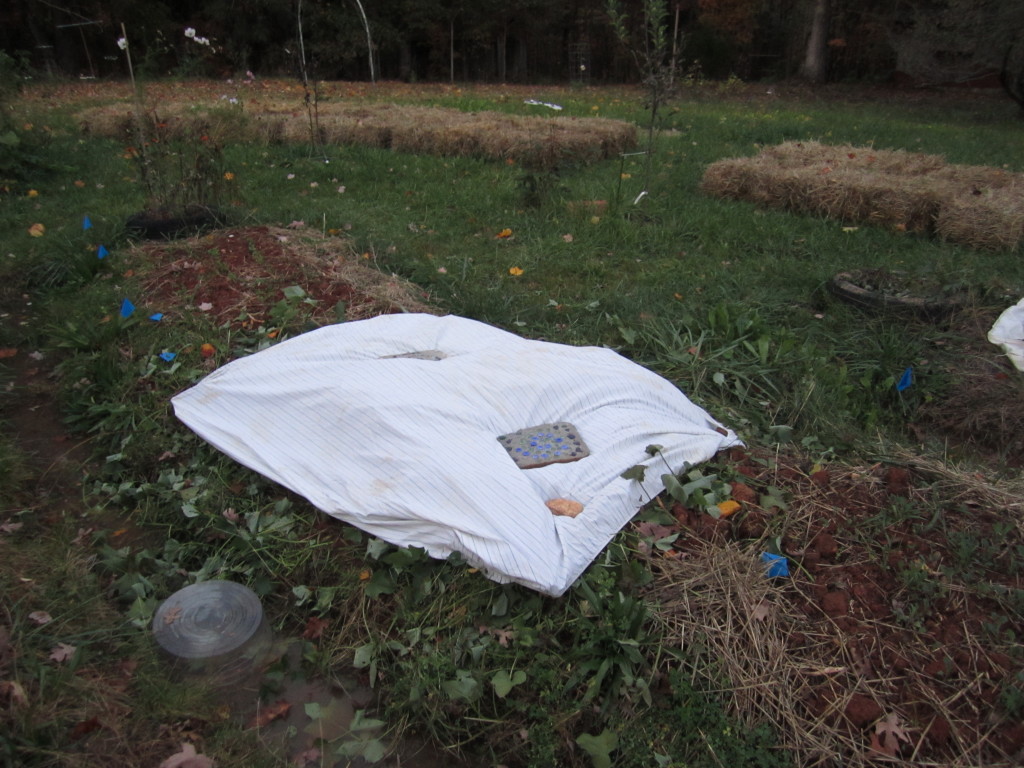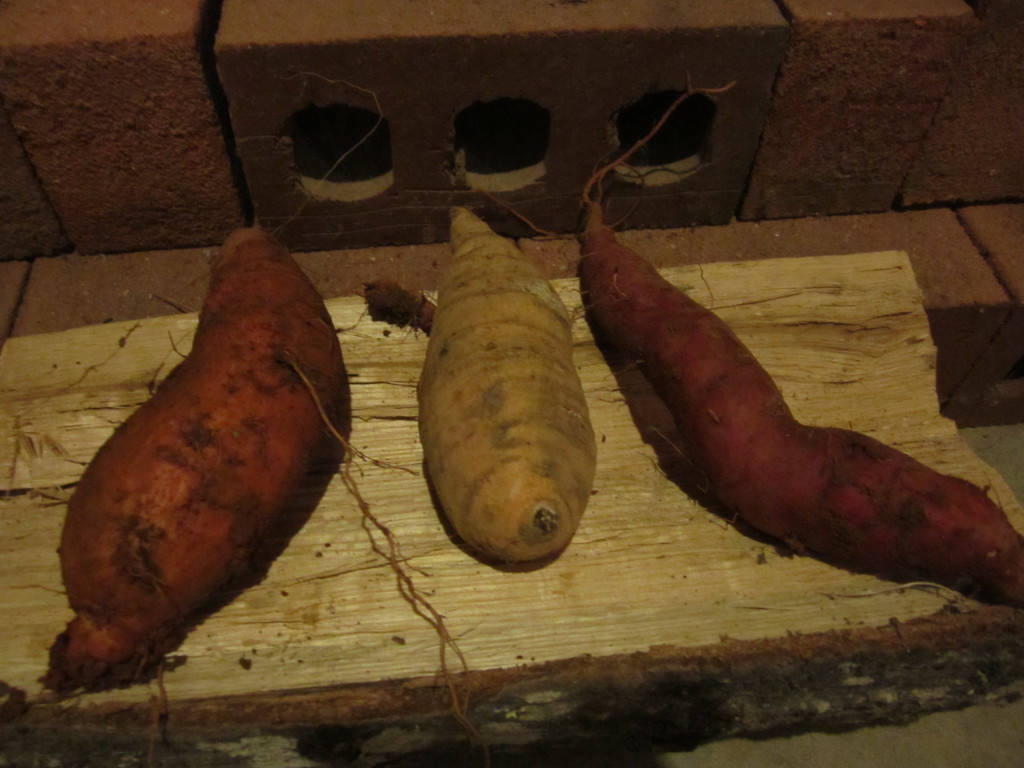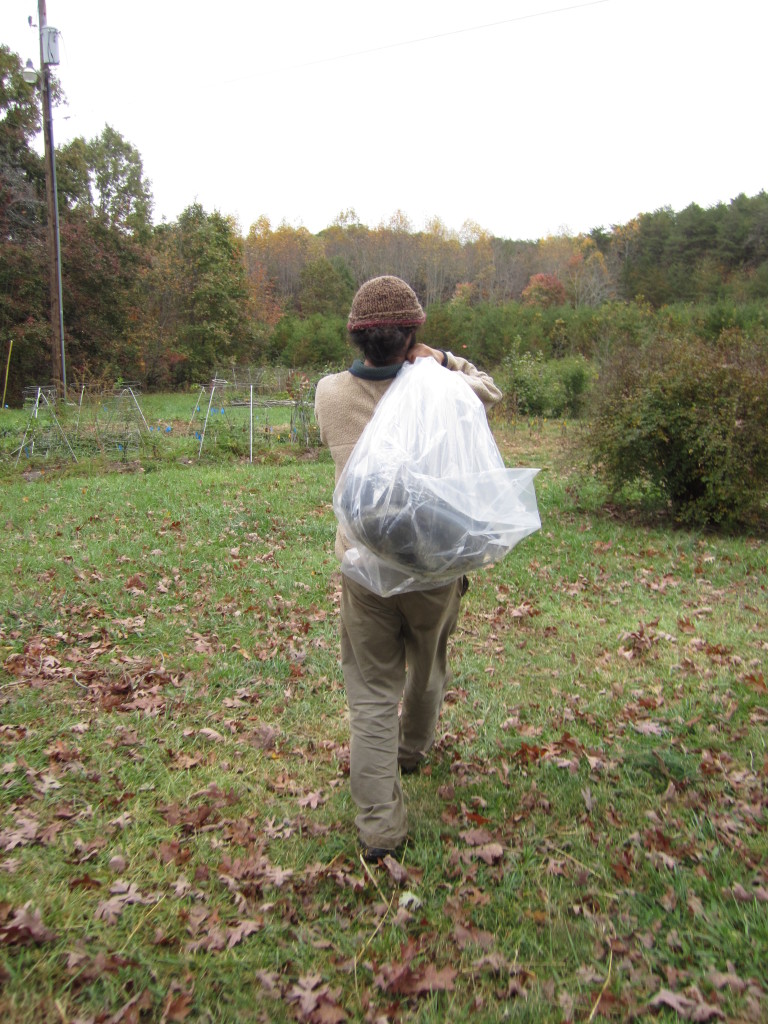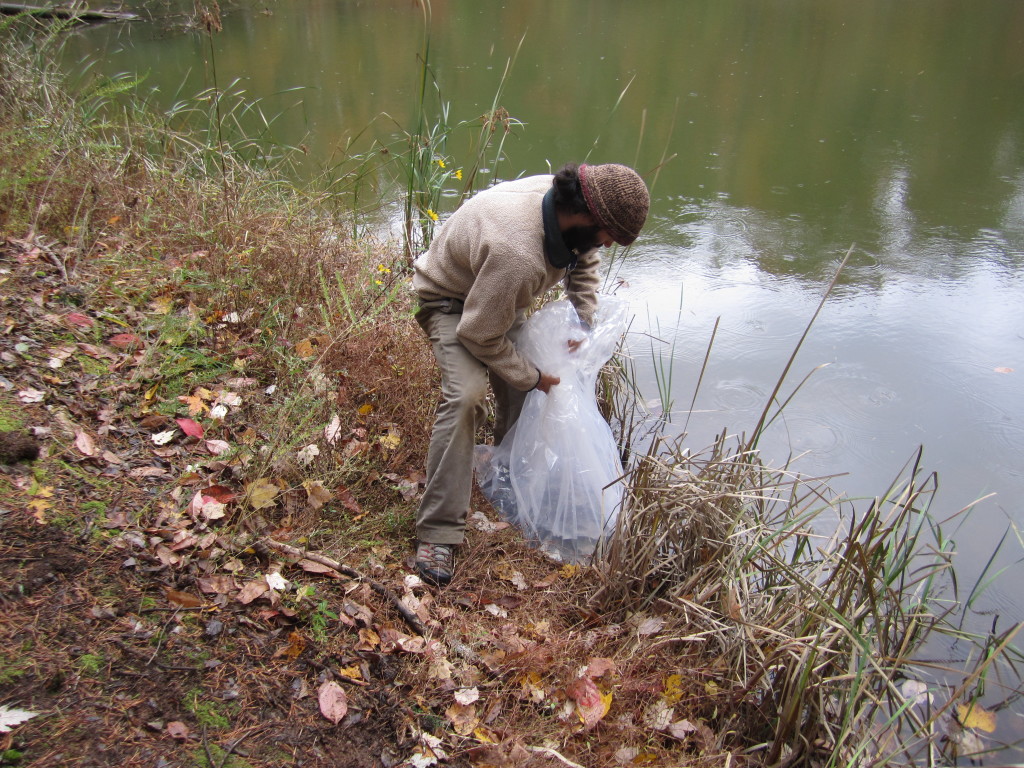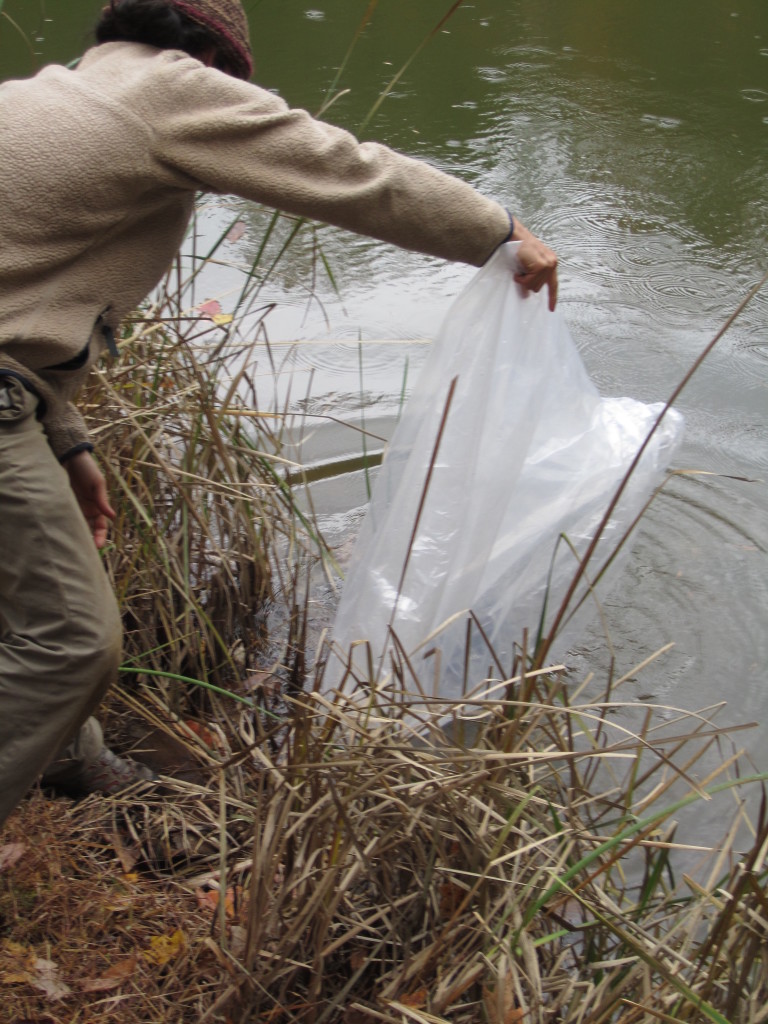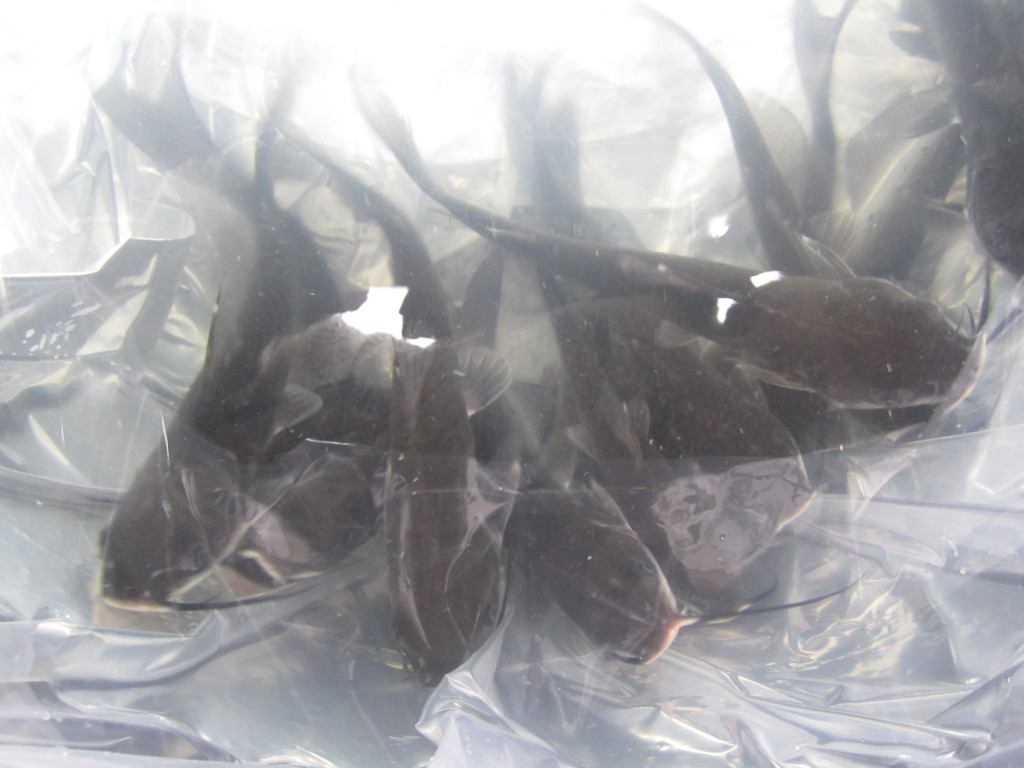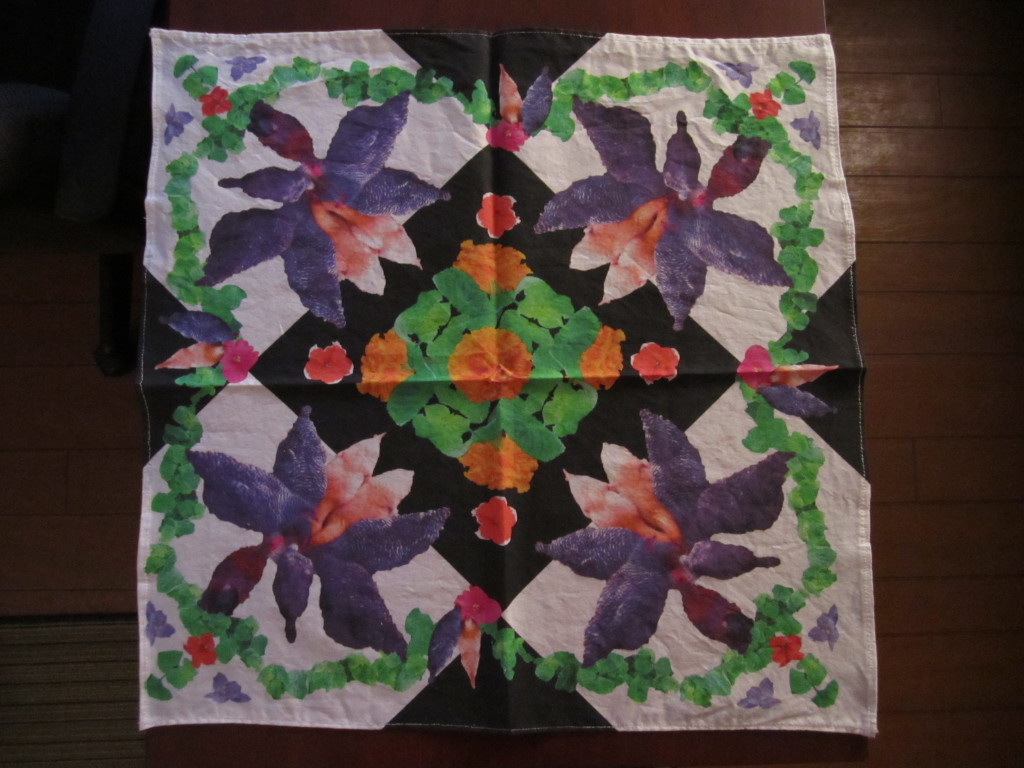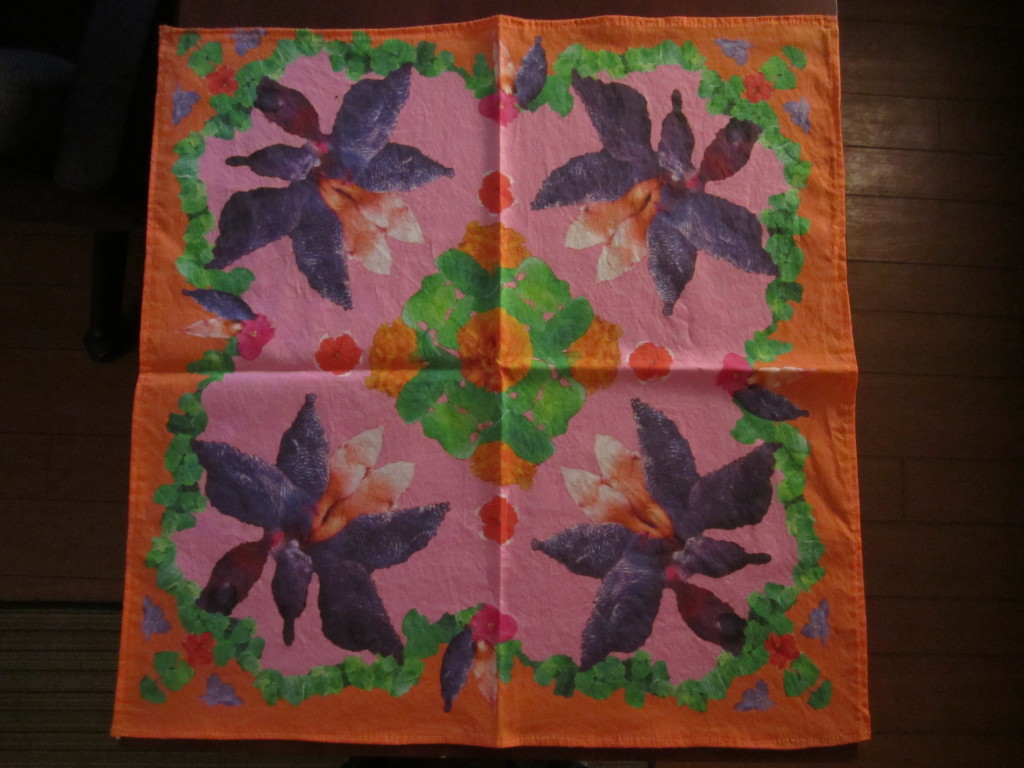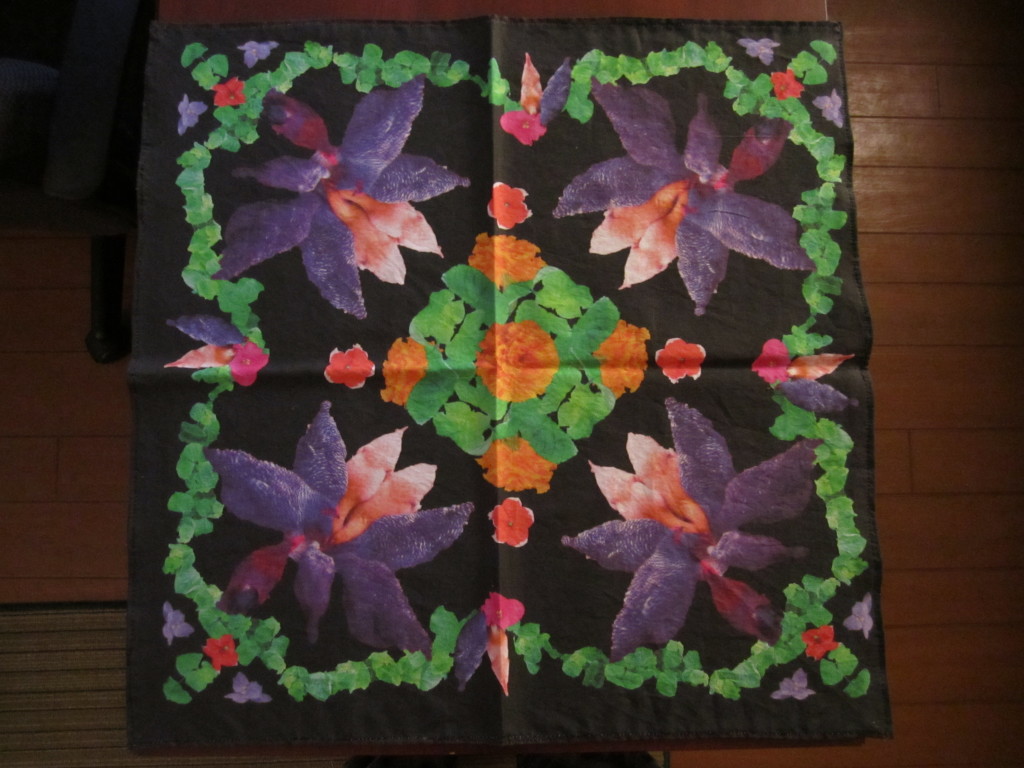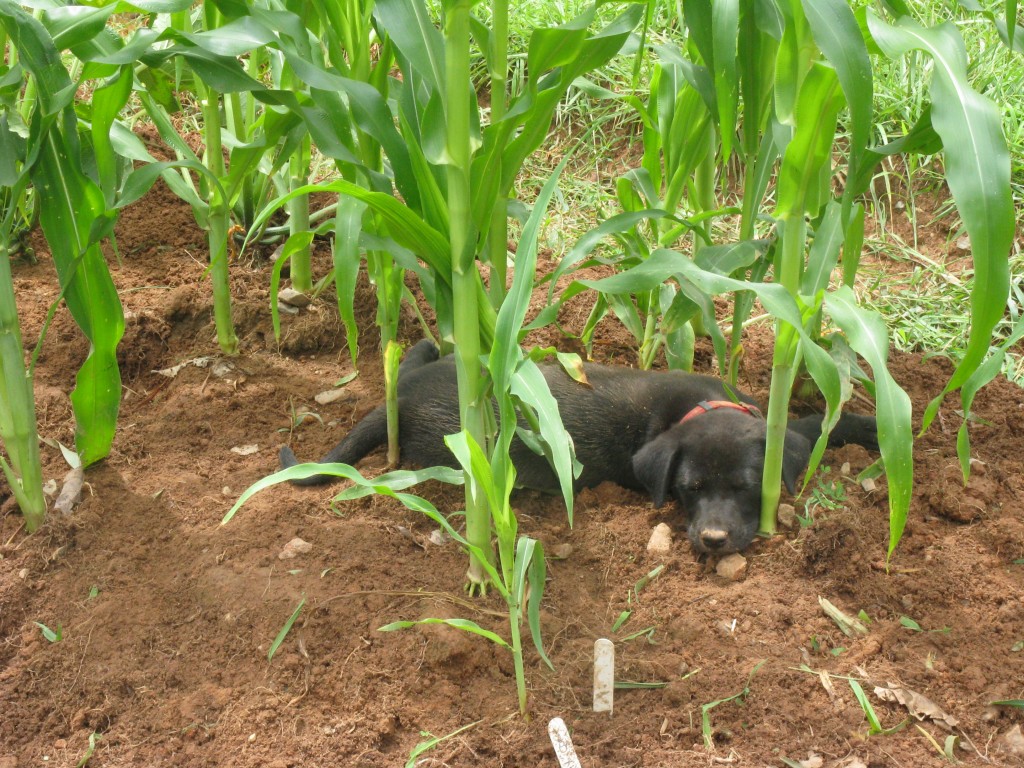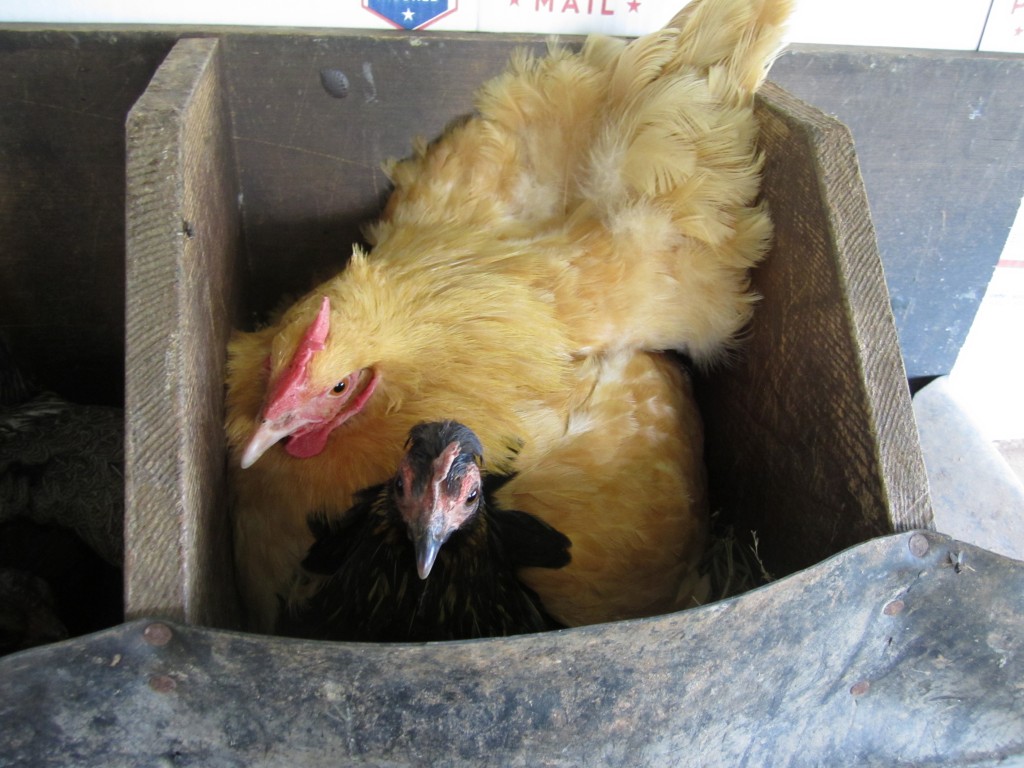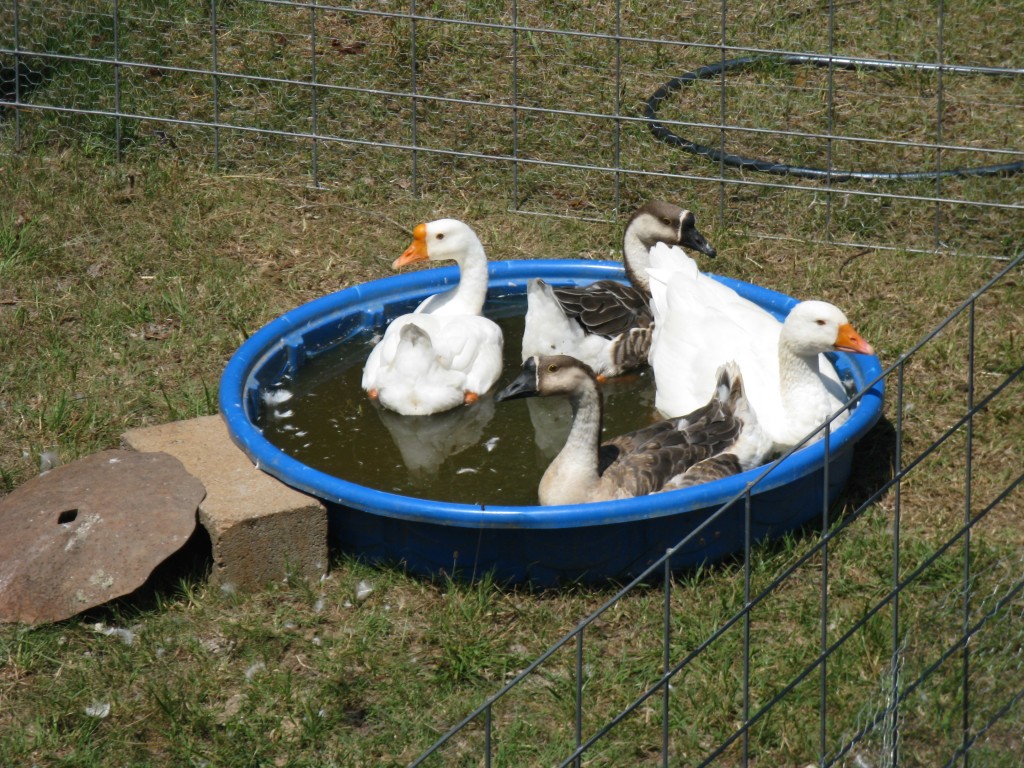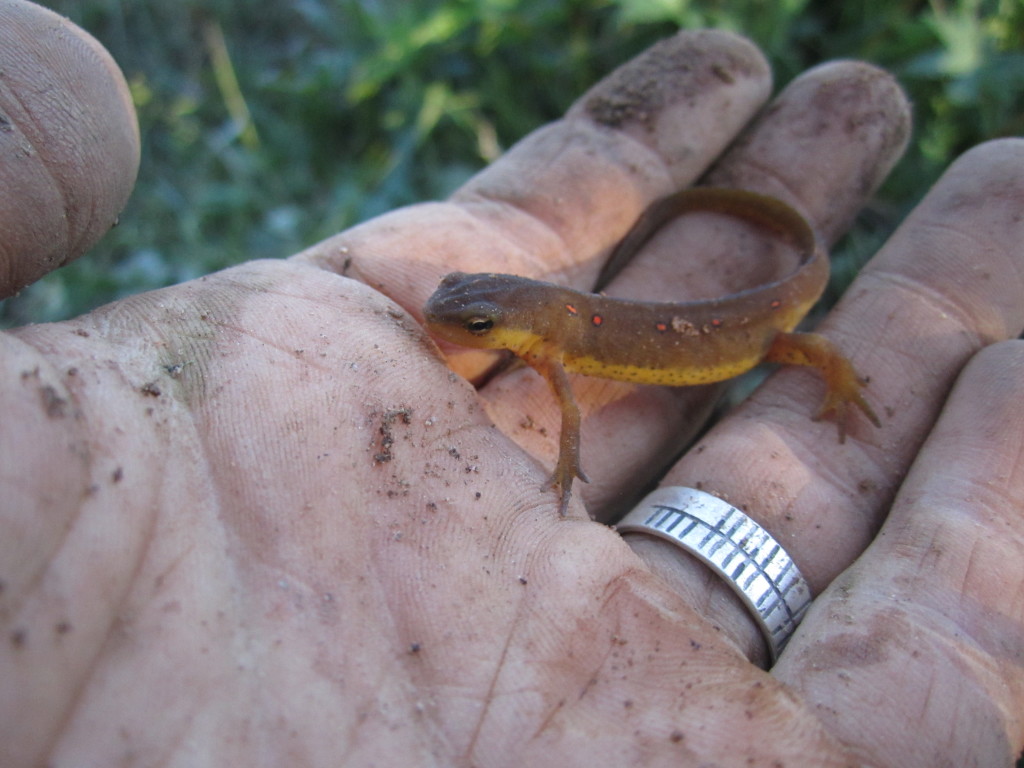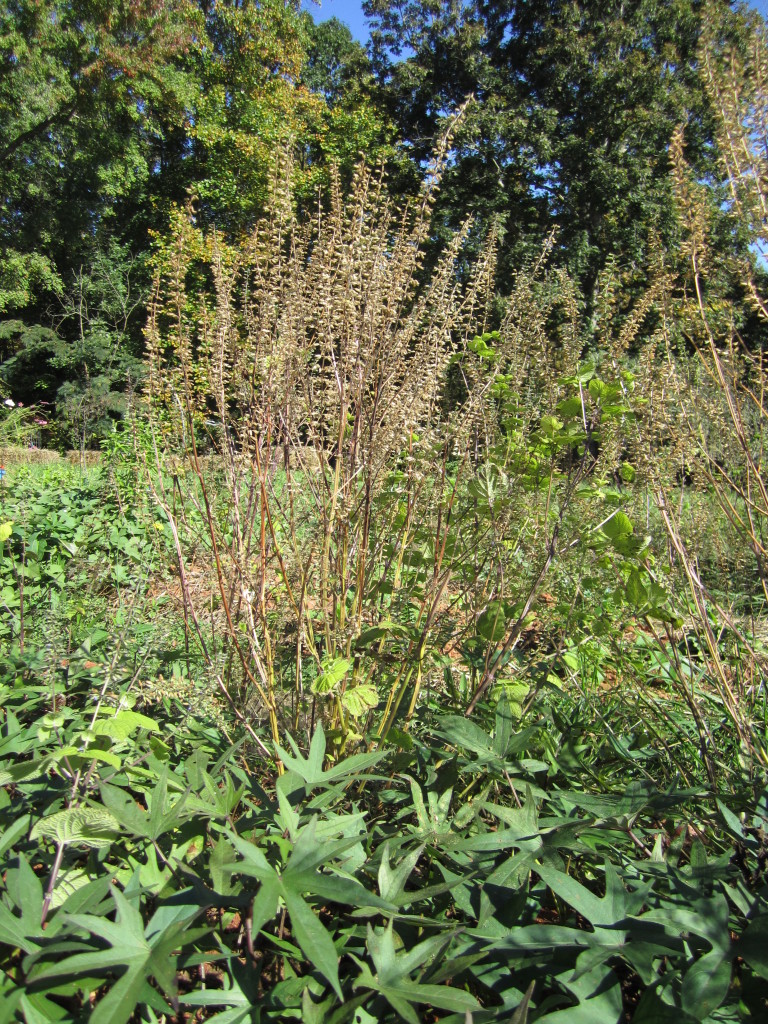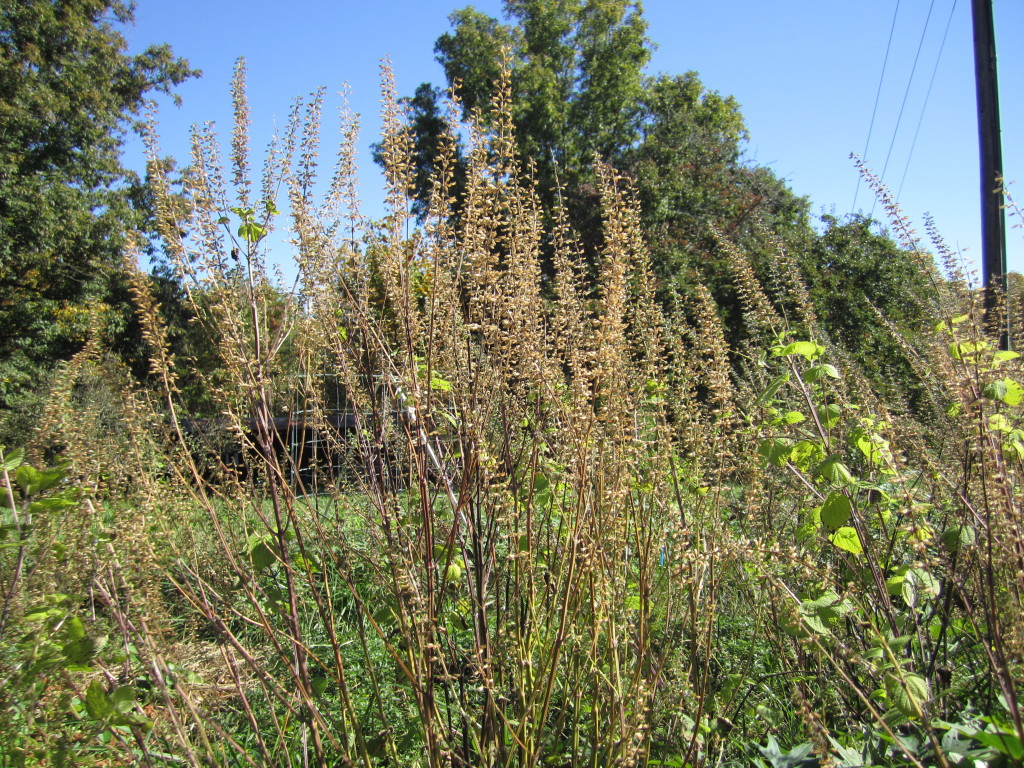when we got married 5 weeks ago, we really wanted to make the whole ceremony, including what would be under our guests’ butts, as representative of jason and me as possible.
we started brainstorming what wedding “gear” we would need early on in the year, but since we were on the fence about whether we should have our reception at our house or another venue, we didn’t commit to renting any seats and tables. this just didn’t seem quite right to us, for some reason. we really wanted to make even this portion of the ceremony personal and “homemade” in some way and so once we decided to hold our reception elsewhere, we felt more open to other ideas since we no longer needed to rent 100 chairs and tables to seat everyone at the house. we decided that the primary seating would be set up for the ceremony, with other seating around the yard. time to get creative…
we thought about things that were important to us, making the seating:
- fun and homemade
- meaningful
- reusable
- as inexpensive as possible
we settled on wrapping boards in fabric and laying them on top of straw bales in a semi-circle pattern. after doing some shopping around it became clear that the boards that were the best deal for the footage and were also sturdy enough to support 6-7 butts, were 10 foot boards that were 8 inches wide. the store clerk that approached my mom and me as we were measuring our butt sizes and averaging them, certainly was a bit confused.
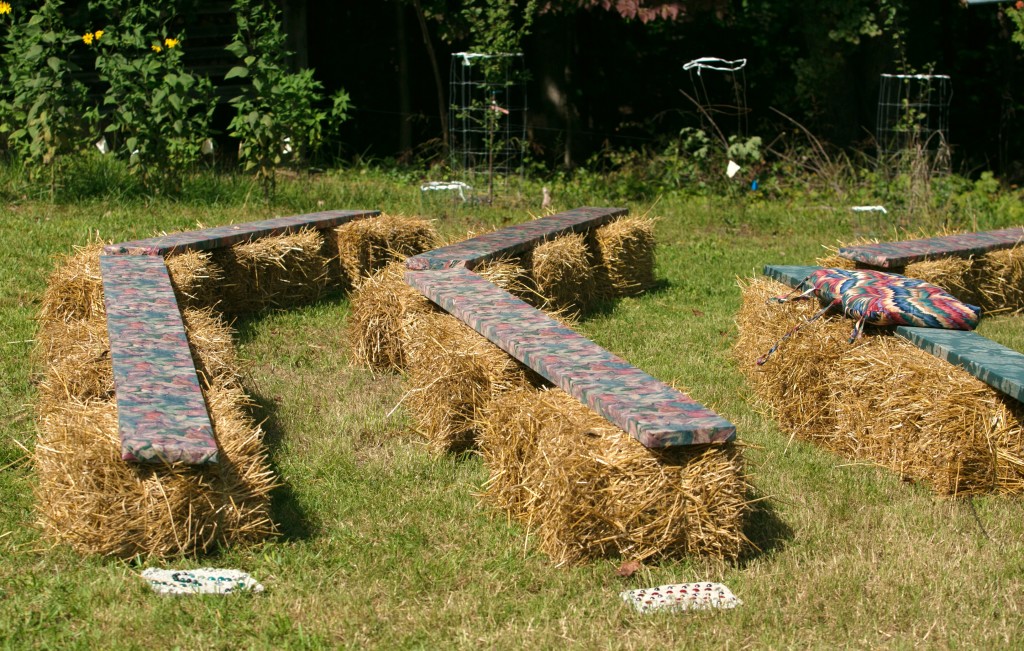
photo by Jenny Tenney Photography
we also did the math on how many straw bales we would need under each board to make the boards sturdier and less movable, determining that 3 under each board was sufficient. jason found a local farmer and he delivered our bales to us a few weeks before the wedding. it was serendipitous when the farmer showed up and told us that our house and land had been owned by his grandparents. the person who sold us our home was his mother!
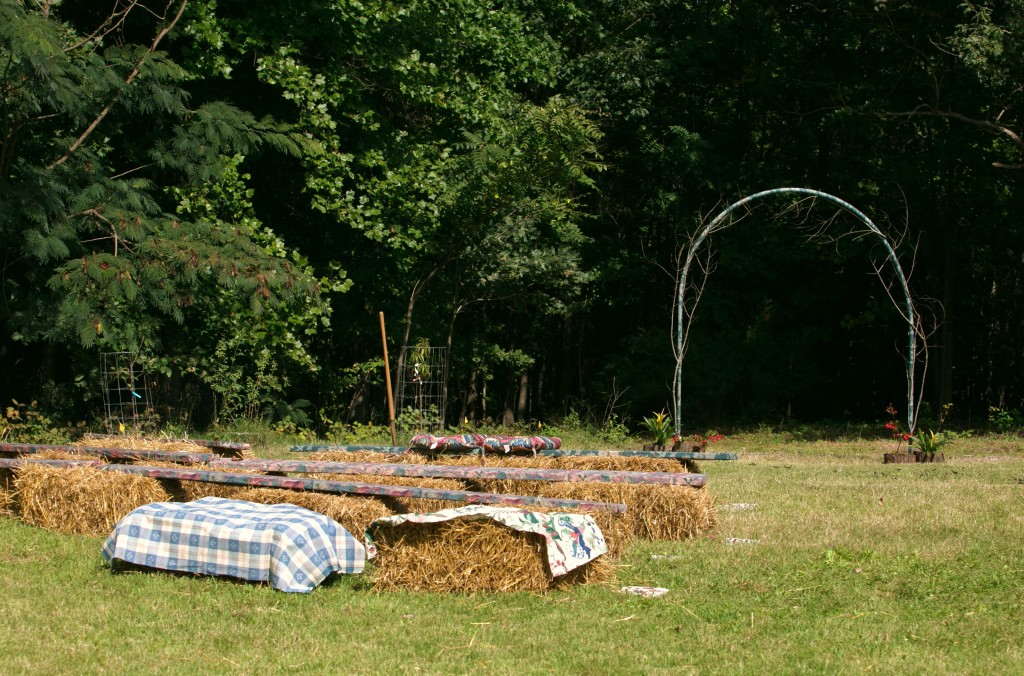
photo by Jenny Tenney Photography
we were really excited about using the wood and straw as seats because we knew that we would reuse these materials later; the wood for building or repairing structures, and the straw for mulching beds or providing padding for the chickens’ nest boxes. right now actually, some of the straw bales are weighing down sheets that we’ve laid down in the garden to keep the sweet potatoes from freezing before we harvest them all this week.
we were concerned about wedding guests sitting on bare boards (who knows what could stain a light colored dress?), so we decided to wrap them in colorful fabric. since the wedding colors were loosely “fall colors,” my mom dug out some of her old bolts of fabric and we were able to choose some patterns that suited the wedding colors. my mom helped me cut the fabric to length and wrap the boards tightly. i used a hammer stapler to secure the fabric on the bottom side on the board, and after a lot of stapling and one mashed toe (mine) we had the boards done. two of the boards were wrapped in a different pattern than the others, and these were the two boards placed in the front-right-center and front-left-center of the seating arrangement and meant for our parents and grandparents.
i also placed the awesome stepping stones that we made at my bridal shower on each end of all of the rows, placing the ones made by my mom and jason’s mom, right beside where they would be sitting during the ceremony. they noticed this addition, and it made me feel great that the decorations were made by some of my closest loved ones!
the day of the rehearsal dinner, our family used the board/bale seats as places to sit, eat pizza, and get to know one another.
the day of the wedding, our family used the board/bale seats to watch jason and i walk out of the woods and get married and afterwards the benches were once again seats for sitting and chatting with family. other smaller straw bale seats around the yard were used too, and blankets spread out on the grass served as nice places to stretch out and watch the trees and the garden before the ceremony began.
3 cheers for board/straw bale seats: a homemade, cheap, and reusable option for your own wedding!
.:.
